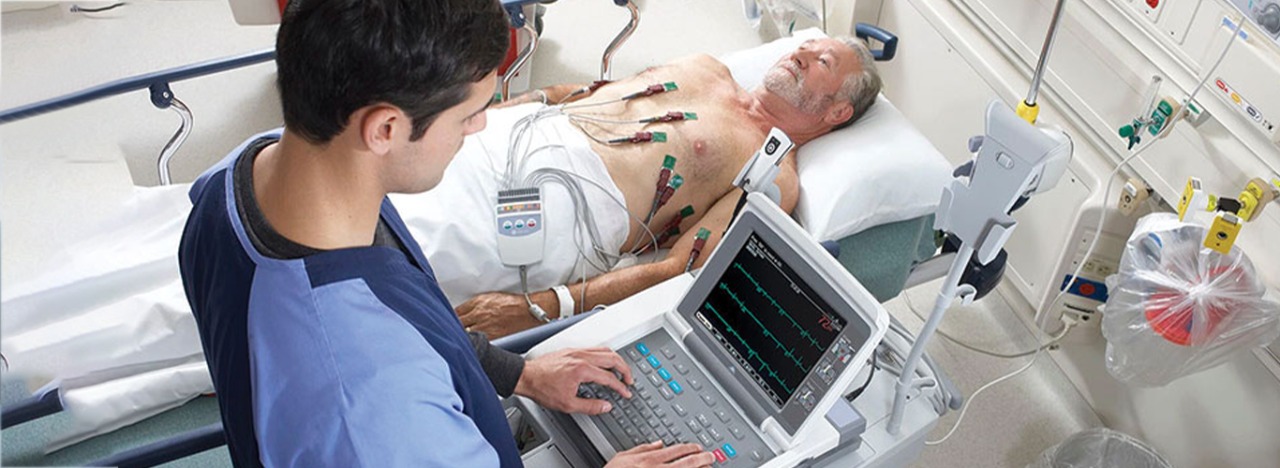What is the future for Electrocardiogram system?
Posted on 02/06/2025

Here are a few electrocardiogram (ECG) system trends to look out for. The transition to more interoperable and digital forms has been the major development in ECG systems in recent years. However, other technologies are starting to be included into ECG systems, such as tools for correctly positioning leads, artificial intelligence, and methods to extract more data from ECGs to improve diagnostic uses.
Here are some trends in these newer ECG systems:
1) Moving to Full Digital Formats for ECG Systems
ECG systems have advanced in the last ten years from technology that was mainly incompatible with cardiology reporting systems or electronic medical record (EMR) systems from multiple manufacturers. Older generation systems were primarily focused on a paper printout, but modern systems now need an easy IT interface, compatibility, and digitally recorded waveforms to work with hospitals that are becoming more and more paperless and use the EMR to obtain patient reports and data, such ECGs.
Digital calipers and waveform analysis algorithms are now possible due to the shift to digital formats. Additionally, it allows for electronic data storage and transmission to the patient's electronic medical record. Some providers additionally provide automation to speed up reading waveforms and reporting on them. All cardiovascular information systems now come with standard digital ECG management and reporting systems (CVIS). Due to this, a lot of ECG systems and ECG management systems now provide vendor-neutral interaction with ECG system data from various vendors.
2) Technology to Facilitate ECG Lead Placement Support
Poor ECGs may result from improper lead placement in hospitals and workplaces. With their Cardiovit FT-1 ECG system, Schiller provides a resolution to this problem. The device's screen displays a 3-D image of a patient that illustrates the location of each lead. When the system automatically notifies the user about misplaced leads, the user can rotate the graphics on the touch screen to see where the leads go and readily pinpoint where any faults are. By adopting a more effective visualization technique than the conventional black and white 2-D graphics, the aim is to increase the speed and accuracy of ECGs. Using a drop-down menu, the system adjusts the body rendering's lead locations dependent on the type of exam being conducted.
3. ECG AI Integration
Artificial intelligence is being developed to help with ECG interpretation, just like it is in many other areas of healthcare. Artificial intelligence (AI) can analyze ECG waveforms to identify patients who are more likely to die within the next year or experience an arrhythmia that could be harmful. Even for a seasoned reader, the AI can delve farther to uncover more information hidden within the waveforms. Over the past two years, a number of these research have been presented at the American Heart Association (AHA) convention and published in cardiology journals. The next generation of ECG devices will probably include these kinds of algorithms as alternatives.
4. FDA- Approved ECG Smartwatches
In the last five years, the number of wearable, handheld, and smartphone apps that support 1-6 lead ECG recording has skyrocketed.Clinically, ECG smartwatches are becoming more advanced thanks to algorithmic innovations.Such developments may enhance sensitivity and aid in detecting atrial arrhythmias that other platforms, like the Apple Watch, might miss in the future. Additionally, wearable manufacturers are more frequently requesting physician input. While one consumer organization classified this as a "con," it unquestionably has therapeutic benefits for the future of ECG.
All of these different ECG data types will probably need to be linked into ECG management systems in the upcoming years so that a complete picture of the patient's cardiac history can be obtained.
Conclusion
Year after year ECG still continues to play a significant role in clinical diagnostics.Many new innovations and discoveries were made in 2022, and 2023 will definitely yield further knowledge on wearable technology, remote medical assistance, and so on. The ECG will continue to be a crucial diagnostic tool in cardiology, and its use in inpatient, outpatient, and home settings is growing.

